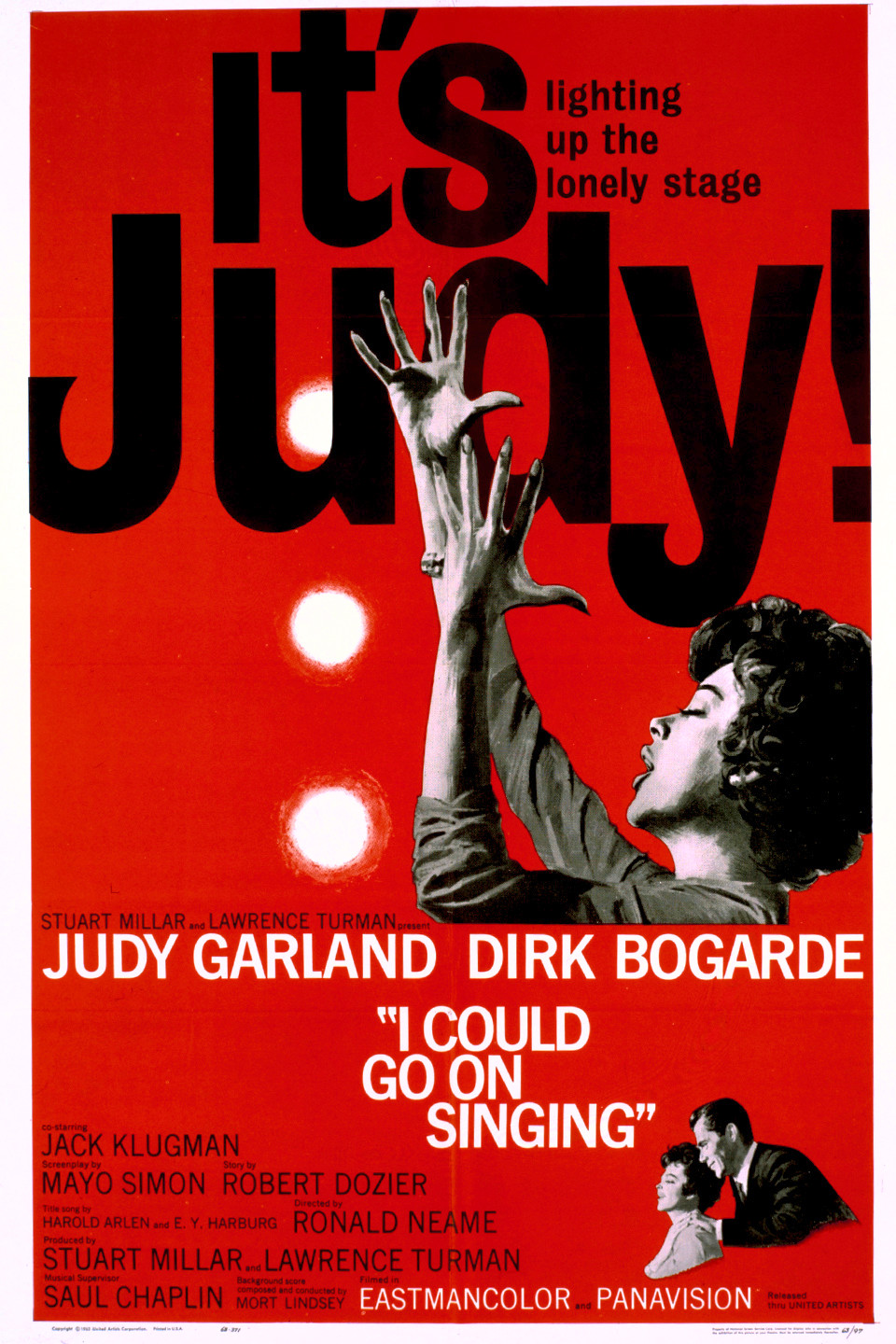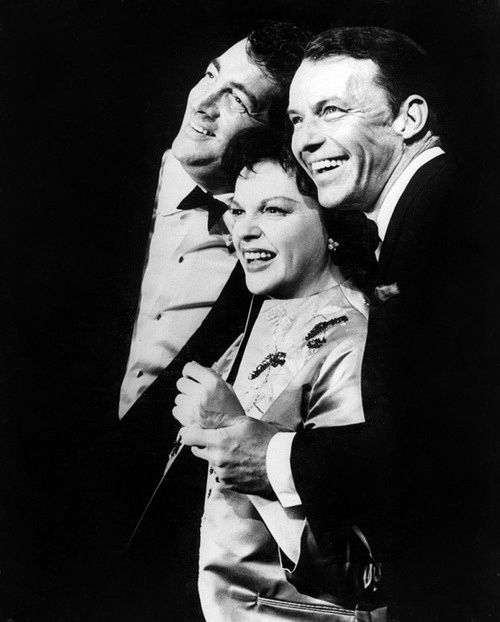Judy by the Numbers: "I Hear Music"
 Wednesday, September 28, 2016 at 10:30AM
Wednesday, September 28, 2016 at 10:30AM Anne Marie has been chronicling Judy Garland's career chronologically through musical numbers...
Sometimes, something just flat out cool and unexpected pops up. Something like, say, a titan of jazz music popping up for the second episode of a TV show starring a titan of movie musicals. Though it wasn't reflected in ratings at the time (how good was Bonanza really?), this is one of those moments of pop culture kismet. Though it wouldn't be aired for almost seven weeks, in just the second episode of this small Sunday night variety program, Count Basie guest starred on an episode of The Judy Garland Show.
The Show: The Judy Garland Show Episode #2
The Songwriter: Irving Berlin
The Cast: Judy Garland, Count Basie, Mel Torme
The Story: As TV intros go, it's pretty basic, but this gives audience and artists the chance to build momentum. What makes this clip so very great is that it caters to both its' stars talents, and in the process stretches both past what audiences were used to hearing from them. The opening number (arranged by Torme) is a quietly jazzy version of Roger's and Hammerstein's "The Sweetest Sounds" that builds to a big climax. Starting with just Judy and a drummer and a bassist, Garland gets to show her dynamic range by singing sweetly to herself. Meanwhile, Count Basie's band enters behind her, gradually building the sound until it matches her intensity, leading to the revelation of Basie himself and a crackling version of "Strike Up The Band." As one of the more music-heavy episodes, this one stands out.





